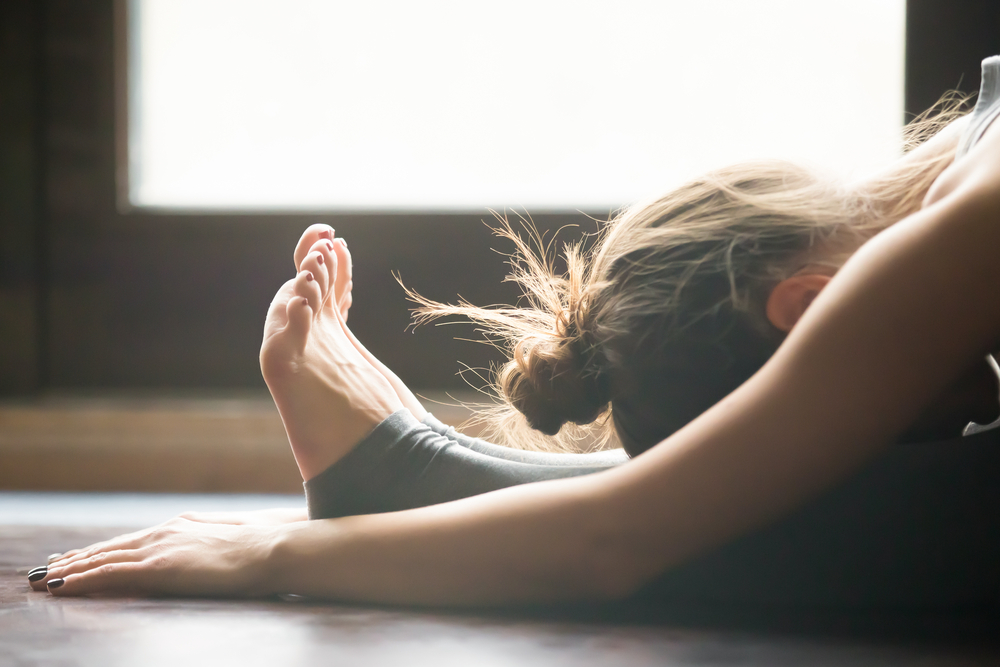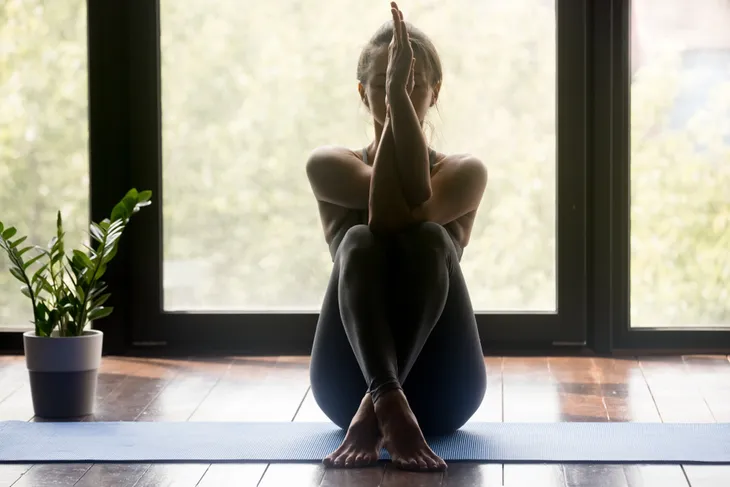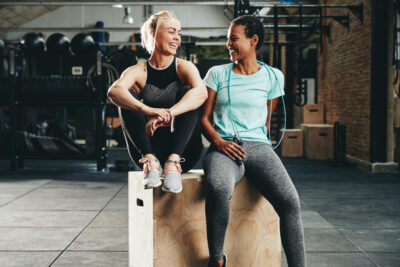Every style of yoga holds a different place in my heart. For example, I do Ashtanga yoga to strengthen my body and spirit, hot yoga to sweat and detox, restorative to soothe and stretch sore knotted muscles, and get down with some flow to connect my body and breath. However, I always make time for yin yoga in my weekly practice and here’s why…
Yin Style Yoga
Yin yoga is a passive, transformative style of Hatha yoga that asks participants to hold postures for up to 8-minutes each. This longer hold of poses is done to strengthen, lengthen, and provide therapeutic release to joints, muscles, ligaments, fascia, and other connective tissues.
Less active than other types of yoga, yin is mainly done lying down on your mat. The main purpose of yin yoga is to provide grounding. As you learn to tune out the daily grind and focus on slowing down and listening to your body, you will learn to totally surrender, mind and body, to your practice.
Who Should Yin?
I had a yoga teacher who once described yin yoga as the ultimate transformative meditation. This is due to yin’s ability to combine body and mind on the mat simultaneously.
True, yin does benefit those who do a great deal of high energetic sports and fitness. It’s also a great complementary practice for yogis, like me, who perform active and strengthening styles of yang yoga (i.e., power) regularly.
Yin and Yang
As mentioned, yin and yang are complementary forces that work together—not against one other—and exist in all of us. In fact, traditional Chinese medicine tells us that to reach total health and wellness, yin and yang must support one another and balance equally.
Due to the fact that our daily lives are typically filled with yang (i.e., heat, overstimulation, activeness, fastness) elements, equilibrium is best reached with focus on our yin (i.e., cool, relaxation, stillness, and slowness) energies.
Reconnect and Create Openness
While yang style yoga asanas (poses) are meant to energize, and create stamina while strengthening the body and mind—yin postures are done on low to the mat with a focus on creating space, flexibility, reconnection, and cleansing pent up energy or negativity.
Yin yoga tends to focus on the connective tissues where blockages can occur. By opening and cleansing the space around our vital organs, most utilized muscles, and joints, we can prevent injury and illness.
Yin Postures
Yin yoga poses focus on the body’s lower half (yang on the upper half). So expect a lot of slow stretching in the deep connective tissues of the hips, pelvis, legs, and feet. Poses that wring and cleanse the body might include a lot of purging twists, forward bends, and hip opening poses.
Again, yin is slower paced, but while it’s heavy on the meditative side, the mind and body are still working very hard. Many new students report mental and (mild) physical discomfort. After all, settling deeply into a hip opener or twist for 8-minutes while resisting the urge to fidgeting can bring up a lot of self-realizations, insecurity, and emotional unease.








